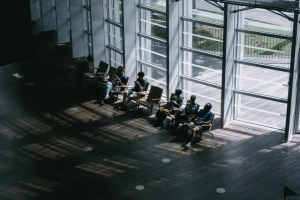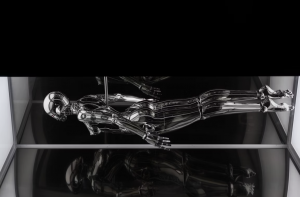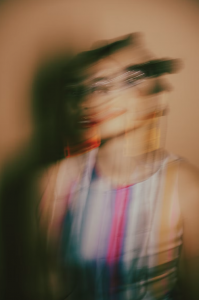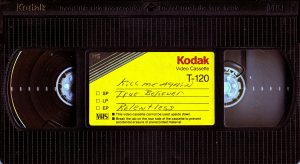Probably, it didn’t go unnoticed, but more gross and weird arts, the so-called grotesque art, are filling up our screens lately. Grotesque art challenges conventional beauty standards, especially through the use of AI-generated and digitally manipulated images, aiming to rebel against societal norms. What drives the resurgence of this type of art?
In the era of the rise of social media, our visual culture has been saturated with perfect visuals, where imperfections were hidden through digital filters, and brands increasingly embraced technology to create picture-perfect, clean visuals to convey their professionalism as a brand.
At the same time, popular aesthetics in many different fields like architecture, books, furniture, car design, logos, and many more have gotten watered down and eerily similar around the world, partially through globalization. This ‘sea of sameness/age of average’ prioritized well-organized, easy-to-comprehend, and aesthetically pleasing visuals, over creative risks and authenticity.
The embrace of grotesque art can be seen as a response to a world perceived as dangerous, offering a sense of rebellion, authenticity, and a break from the beautiful yet empty visuals often seen online.

Author
Kim Pillen











